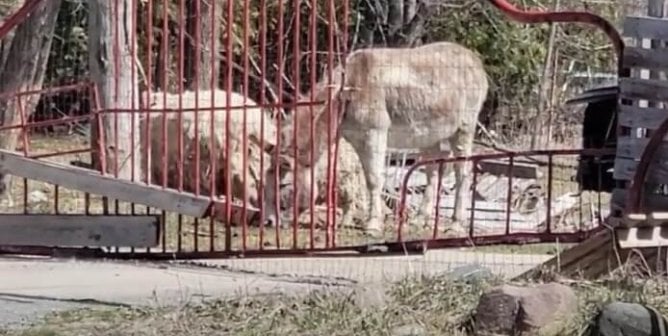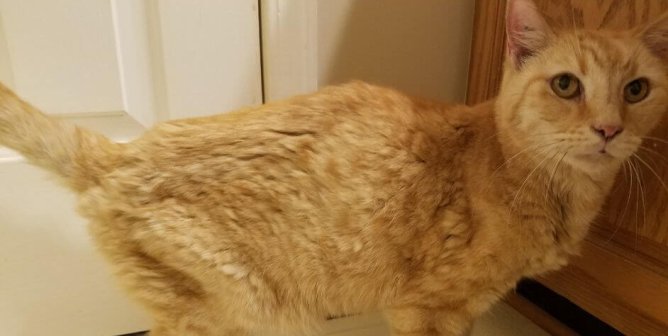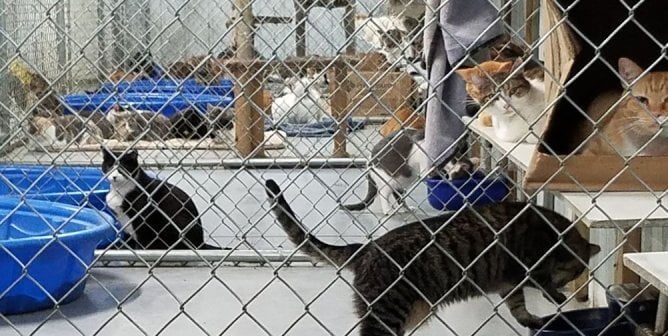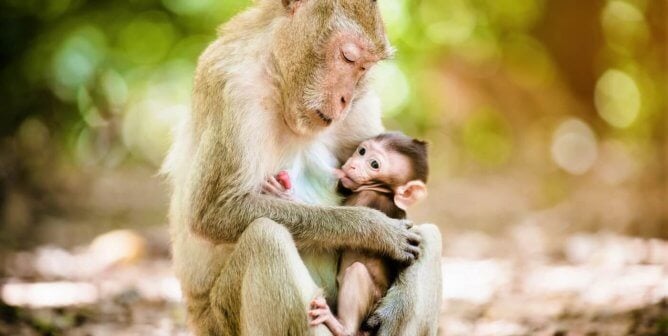Feral Cats
Feral cats are domesticated cats who are fearful of humans because they have been fending for themselves from a young age and never had the opportunity to socialize and learn to trust people. Often, feral cats are the descendants of unaltered cats who were abandoned outdoors.
It is estimated that between 60 and 100 million homeless cats live in the U.S. Since feral cats, like those who share our homes with us, are domesticated, they depend on humans to feed, water, and shelter them and to keep them safe from harm.
Feral cats live short, hard lives on the streets. They never die of “old age.” Contagious diseases such as herpes viral conjunctivitis, feline AIDS, leukemia, and infectious peritonitis are common in cats left outdoors. Even easily treatable conditions can become deadly for cats who are not seen by veterinarians and are not routinely handled and examined.
Minor cuts or puncture wounds can turn into raging infections and abscesses. Untreated upper respiratory infections can cause cats’ eyes and noses to become so caked with mucus that they can barely see or breathe. Ferals often scratch their ears until they bleed because they are driven mad by the pain and itching of ear mites and related infections.
Others die from blood loss or anemia because of worms, fleas, and untreated injuries. Urinary tract infections, which frequently lead to urinary blockages in male cats, cause slow and excruciating deaths if left untreated.
If cats miraculously escape these perils, they may still fall prey to agonizing deaths at the hands of cruel people. PETA’s office is flooded with calls about cruelty to animals every day. Across the U.S., free-roaming cats are mutilated, shot, drowned, poisoned, beaten, set on fire, sacrificed, stolen by bunchers for medical experimentation, or used by dogfighters for target practice or as “bait.”
Feral cats are also a threat to wildlife. The American Bird Conservancy estimates that free-roaming cats kill millions of birds and small mammals in the U.S. every year, including endangered species such as the least tern and the piping plover.
Cats are not native wildlife and do not fit into the predator-prey ecosystem. Their hunting instincts exist no matter how well fed they are. They terrorize, maim, and kill countless native birds and other small wild animals, who are struggling to survive existing challenges (such as development in their habitats) and aren’t equipped to deal with such predators. These small animals die from repeated puncture wounds and from being crushed by cats’ jaws. Unfortunately, many cats spend a great deal of time playing with their dying, convulsing prey, whose suffering is intense. Many of these animals are then left to die slowly when they stop struggling but remain alive.
The street is no place for a cat. For detailed information on how you can help feral cats in your neighborhood, please download our free brochure.







